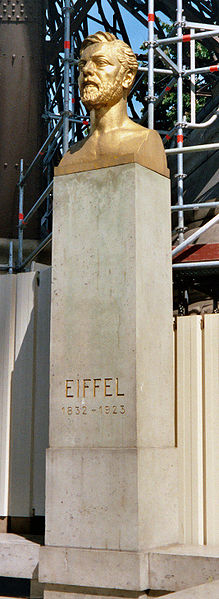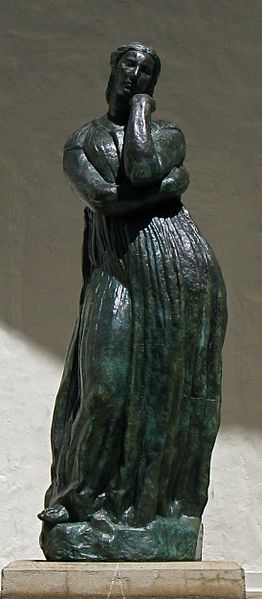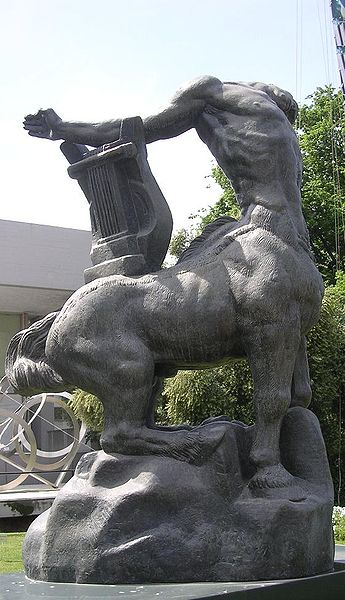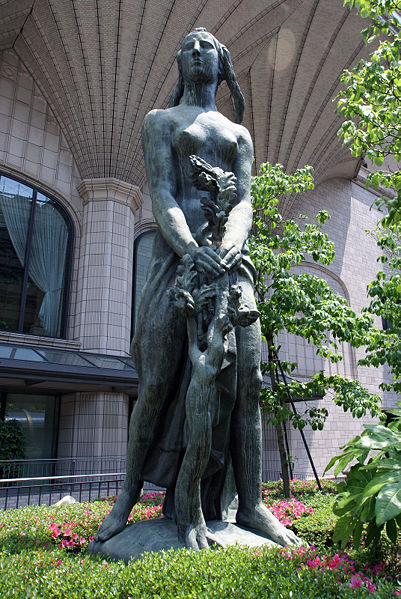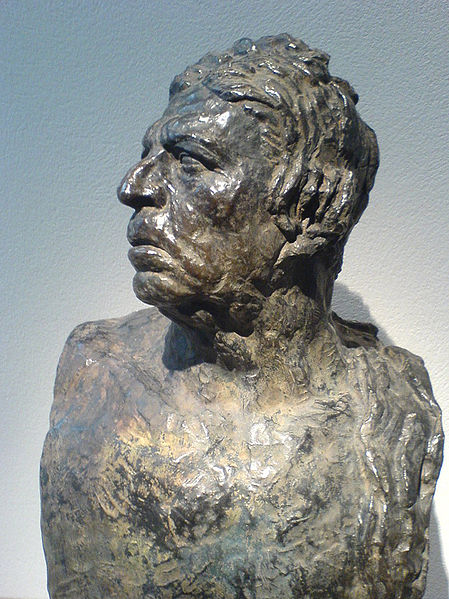<Back to Index>
- Physiologist Ragnar Arthur Granit, 1900
- Sculptor Émile Antoine Bourdelle, 1861
- Playwright and Politician Richard Brinsley Butler Sheridan, 1751
PAGE SPONSOR
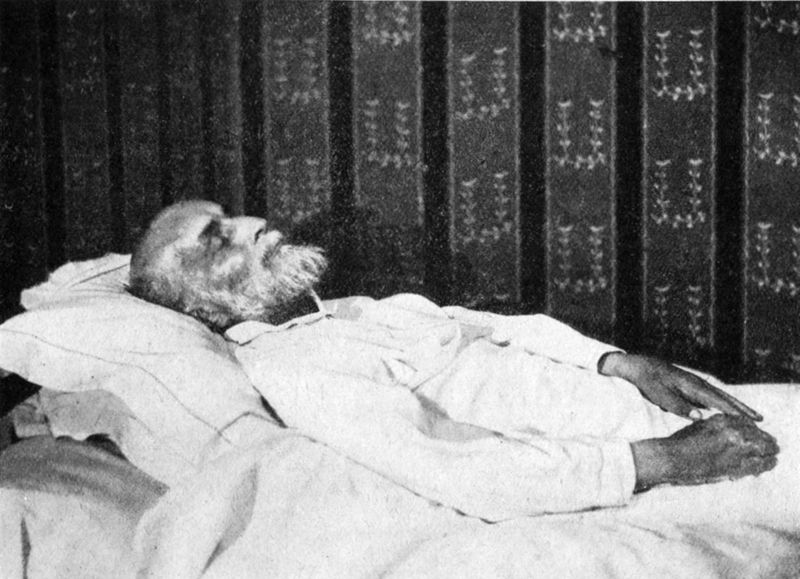
Antoine Bourdelle (October 30, 1861, Montauban – October 1, 1929), originally Émile Antoine Bourdelle, was an influential and prolific French sculptor, painter, and teacher.
Bourdelle was born at Montauban, Tarn - et - Garonne. He left school at the age of 13 to work as a wood carver in his father's cabinet making shop. He learned drawing with the founder of the Ingres Museum in Montauban, then sculpture at the art school in Toulouse. At the age of 24 he won a scholarship to the École des Beaux - Arts in Paris, worked briefly in the atelier of Alexandre Falguière, then several years with Jules Dalou.
In 1888 he did his first sculptures of Beethoven, producing authoritative work with an emphasis on order, the spirit of geometry, construction and invention. He became one of the pioneers of 20th century monumental sculpture. Auguste Rodin became a great admirer of his work, and by September 1893 Antoine Bourdelle joined Rodin as his assistant where he soon became a popular teacher, both there and at his own studio where many future prominent artists attended his classes, so that his influence on sculpture was considerable.
During his last years, Bourdelle received several commissions for monuments and war memorials. He was a participant in the 1913 Armory Show in New York, a founder and vice - president of the Parisian Salon des Tuileries, and in 1924 became a commander of the Legion of Honor. Bourdelle's only son and student, Pierre Bourdelle (1901 - 1966), became an artist most active in the United States, most notably in the 1933 Cincinnati Union Terminal.
Bourdelle died at Le Vésinet, near Paris, on October 1, 1929 and was interred in the Cimetière du Montparnasse, Paris, France.
Bourdelle's major work includes:
- spandrel reliefs for the portal of the Musée Grévin, Paris, 1900;
- the Monument aux Morts de Montauban, 1902;
- the freestanding gilded bronze Hercules the Archer, 1909;
- the decorative series of friezes executed for the exterior of Auguste Perret's Théâtre des Champs - Élysées (1913). Although the building itself is famously an early example of concrete construction, the friezes are marble;
- interior frieze at the Opéra de Marseille, framing the stage;
- the Monument to Mickiewicz near the Pont de l'Alma in Paris, designed in 1909, realized in 1929;
- two angels on the crypt at the war memorial, Hartmannswillerkopf, for French architect Robert Danis, 1920s;
- bronze tympanum Pieta for the Église Notre - Dame du Raincy, designed in the 1920s, finally realized and dedicated in September 1999;
- equestrian statue of General Carlos María de Alvear, Recoleta, Buenos Aires;
- war memorial, Capoulet - et - Junac.
Today the Musée Bourdelle in Paris sits amidst brick houses at 18 rue Antoine Bourdelle, a small street between the Gare Montparnasse and the offices of the famous French newspaper Le Monde. The museum consists of Bourdelle's house, studio and garden where he worked from 1884 to 1929. A second Bourdelle garden - museum, in Égreville, was established by his heirs in the late 1960s hosts another 56 of his sculptures.
His work is also exhibited in public collections worldwide, including the Aichi Prefectural Museum of Art (Japan), the Cleveland Museum of Art, the Courtauld Institute of Art (London), the Fine Arts Museums of San Francisco, Galleria Nazionale d'Arte Moderna (Rome), Harvard University Art Museums, the Hermitage Museum, the Hirshhorn Museum and Sculpture Garden (Washington D.C.), the Honolulu Academy of Arts, the Kimbell Art Museum (Fort Worth, Texas), Kröller - Müller Museum (Otterlo, Netherlands), the Minneapolis Institute of Arts, Museo Nacional de Bellas Artes (Buenos Aires), the National Galleries of Scotland, the National Gallery of Australia, the Ingres museum in Montauban, the Royal Museums of Fine Arts of Belgium, and the Middelheim Museum (Antwerp, Belgium)
